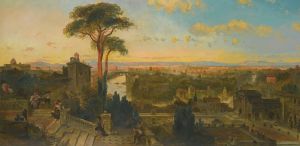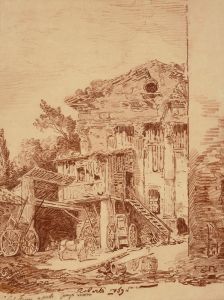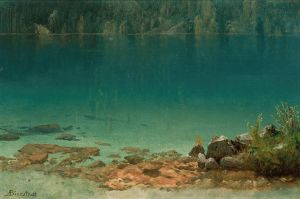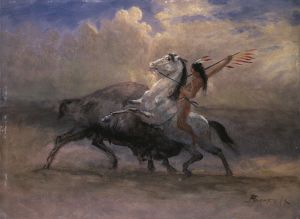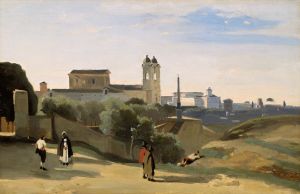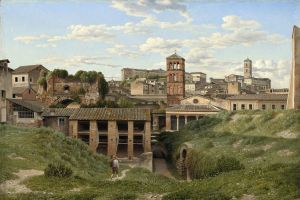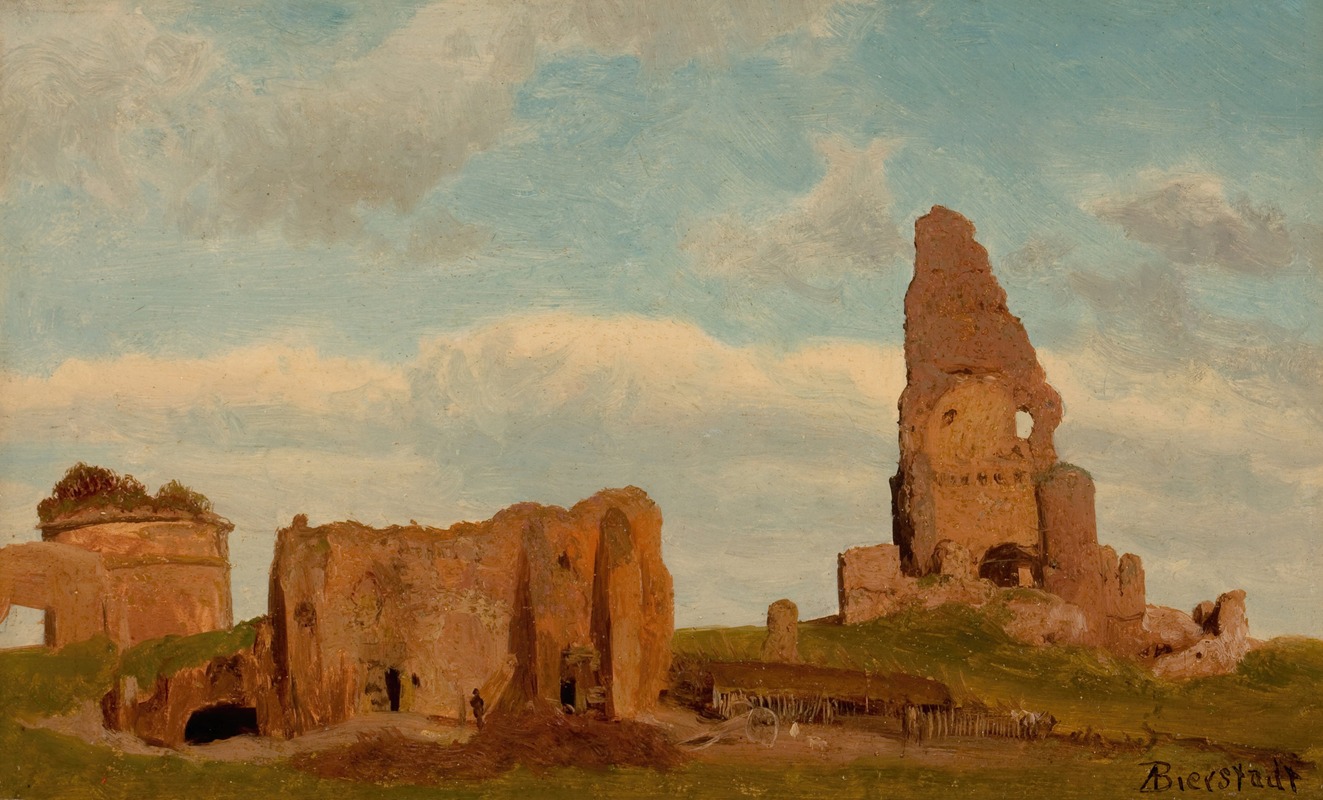
Ruins-Campagna of Rome
A hand-painted replica of Albert Bierstadt’s masterpiece Ruins-Campagna of Rome, meticulously crafted by professional artists to capture the true essence of the original. Each piece is created with museum-quality canvas and rare mineral pigments, carefully painted by experienced artists with delicate brushstrokes and rich, layered colors to perfectly recreate the texture of the original artwork. Unlike machine-printed reproductions, this hand-painted version brings the painting to life, infused with the artist’s emotions and skill in every stroke. Whether for personal collection or home decoration, it instantly elevates the artistic atmosphere of any space.
"Ruins-Campagna of Rome" is a painting by the renowned 19th-century American artist Albert Bierstadt. Bierstadt is best known for his grandiose landscapes of the American West, but he also created works inspired by his travels in Europe. This particular painting, "Ruins-Campagna of Rome," reflects his exploration of European landscapes and historical sites.
Albert Bierstadt was born in 1830 in Solingen, Germany, and emigrated to the United States with his family in 1833. He developed an early interest in art and studied painting in Düsseldorf, Germany, in the 1850s. Bierstadt became associated with the Hudson River School, a group of American landscape painters known for their romantic portrayal of the American wilderness.
"Ruins-Campagna of Rome" was painted during a period when Bierstadt traveled extensively in Europe. The Campagna refers to the low-lying countryside surrounding Rome, an area rich in history and dotted with ancient ruins. This region has long been a source of inspiration for artists due to its picturesque landscapes and historical significance.
In this painting, Bierstadt captures the serene beauty and historical depth of the Roman countryside. The composition likely includes elements typical of the Campagna, such as rolling hills, ancient ruins, and perhaps the distant silhouette of the city of Rome. Bierstadt's attention to detail and his ability to convey the atmospheric effects of light and shadow are evident in this work, as in his other paintings.
Bierstadt's European works, including "Ruins-Campagna of Rome," demonstrate his versatility as an artist and his ability to adapt his style to different subjects. While his American landscapes are characterized by dramatic lighting and vast, sweeping vistas, his European scenes often reflect a more subdued and contemplative approach, focusing on the historical and cultural significance of the locations.
The painting is an example of Bierstadt's interest in combining natural beauty with historical and cultural themes. It reflects the 19th-century Romantic fascination with the past and the ruins of ancient civilizations, a theme that resonated with both European and American audiences of the time.
Bierstadt's work, including "Ruins-Campagna of Rome," continues to be celebrated for its technical skill and its ability to evoke a sense of wonder and appreciation for the natural and historical world. His paintings are held in numerous public and private collections, and he remains an important figure in the history of American art.
While specific details about the current location or provenance of "Ruins-Campagna of Rome" may not be widely documented, Bierstadt's legacy as a painter of both American and European landscapes endures, and his works continue to be studied and admired for their artistic and historical significance.








